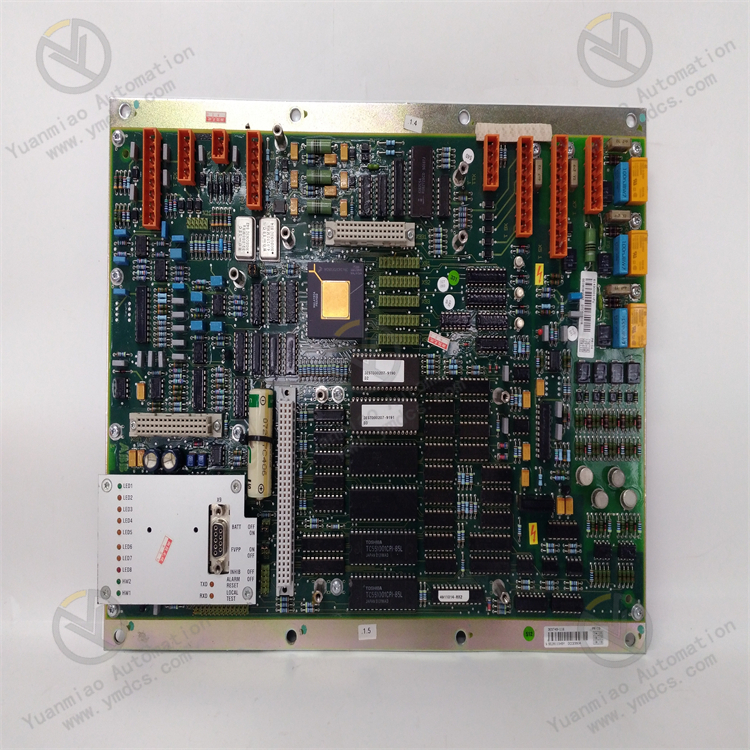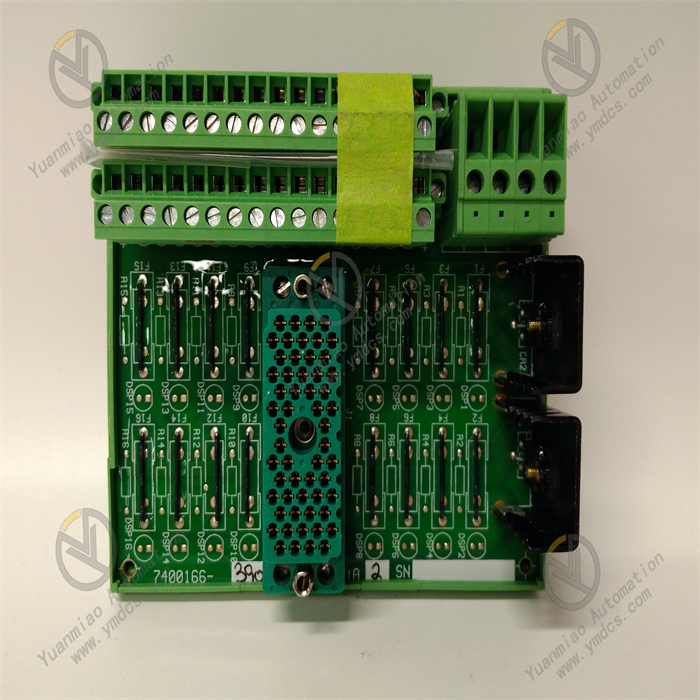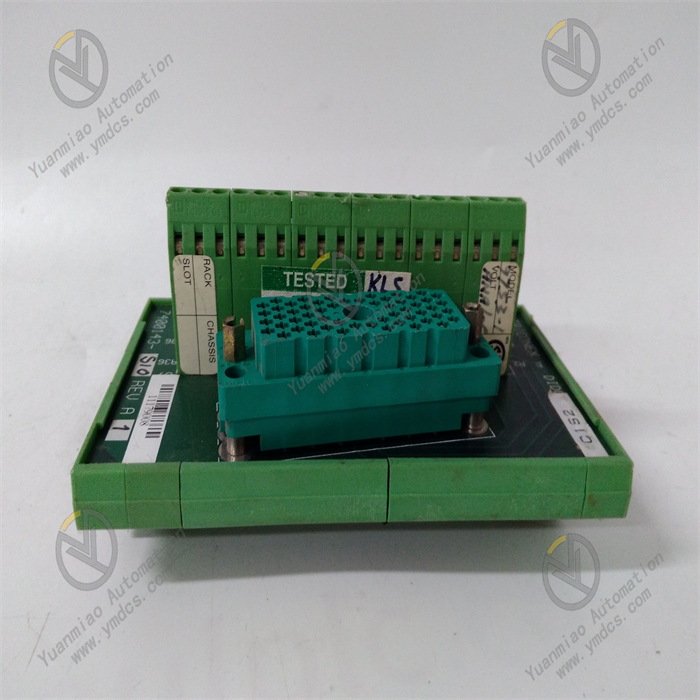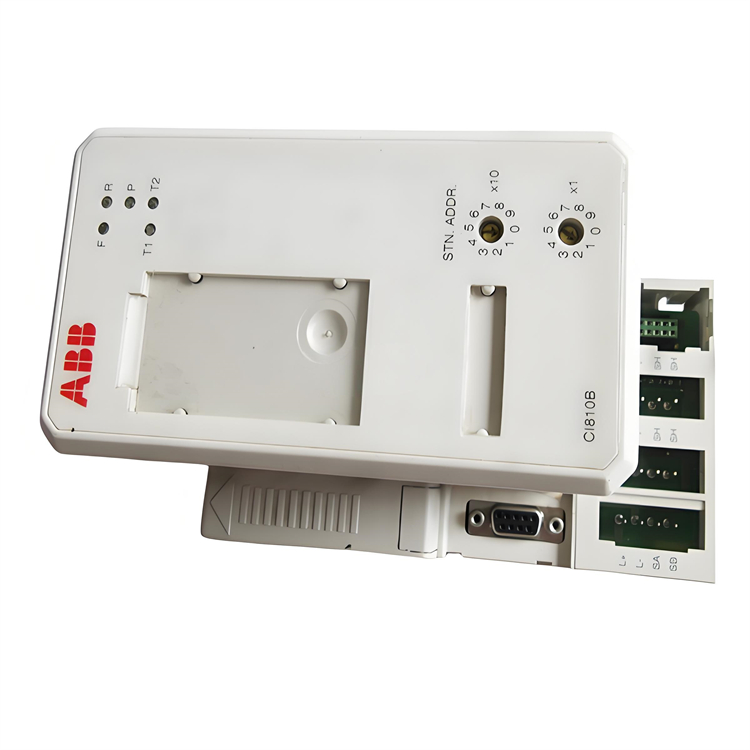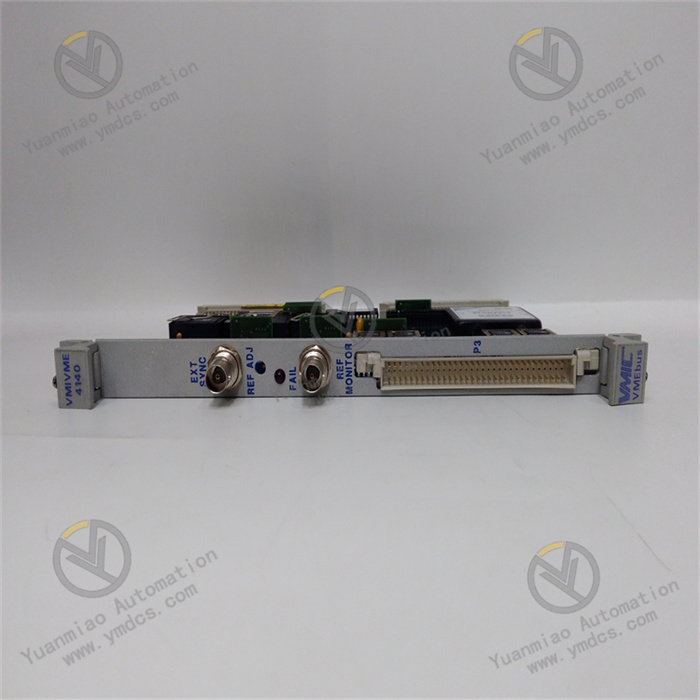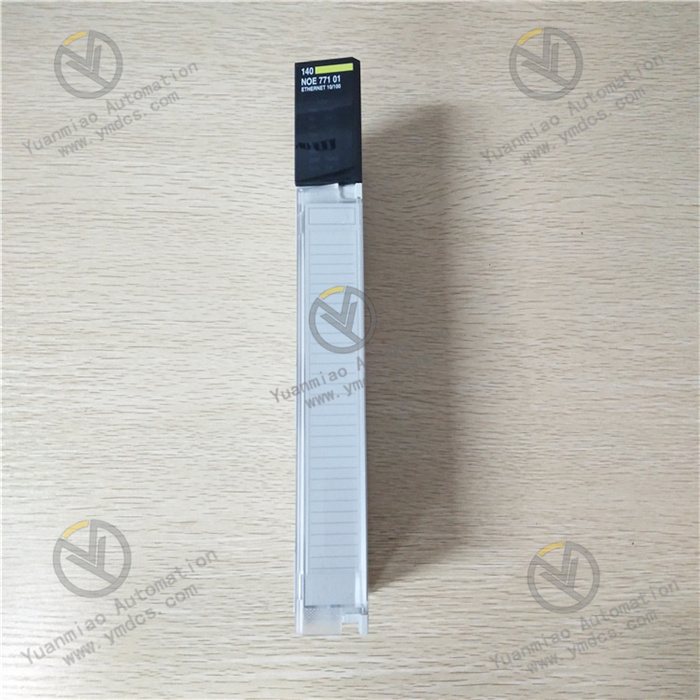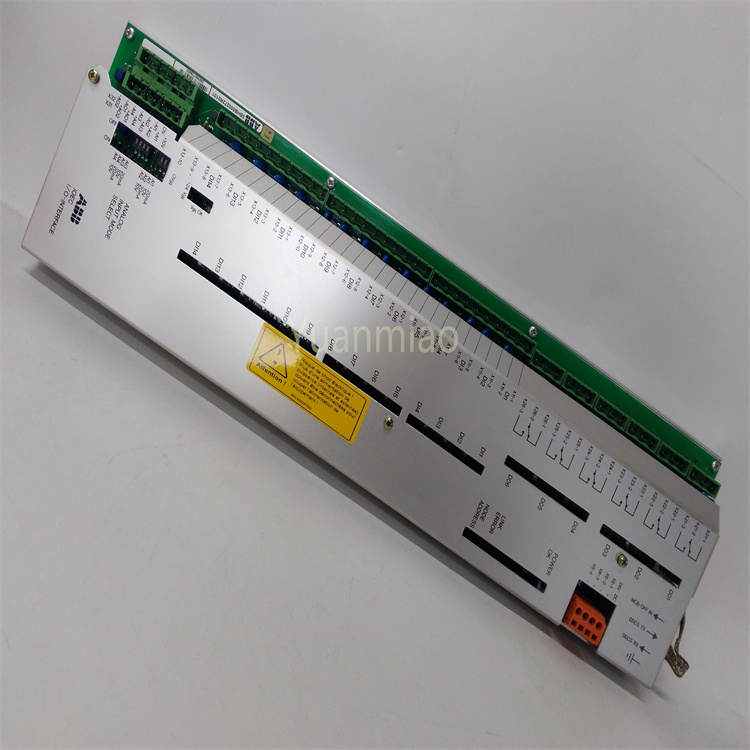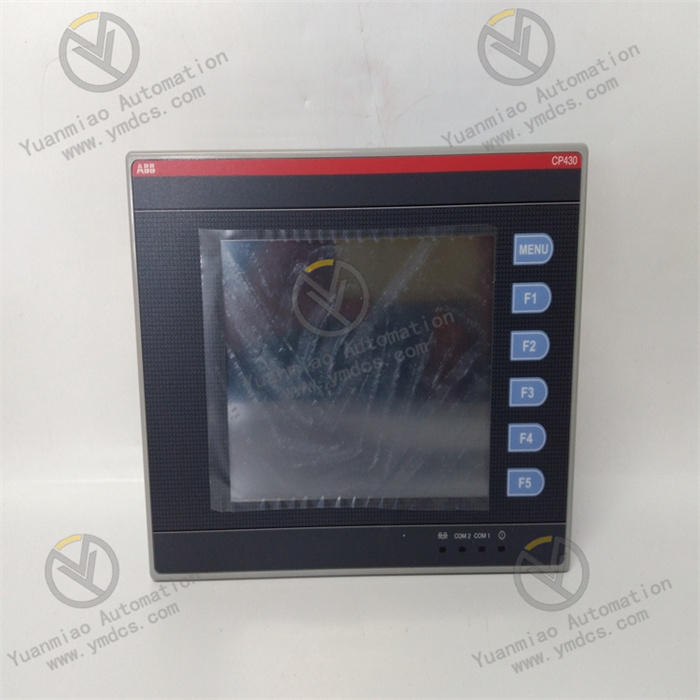Description
Features High Resolution and Precision: Usually with a vertical resolution of 16 bits or higher, it can generate arbitrary waveforms with high precision, and can precisely control parameters such as the amplitude, frequency, and phase of the waveform to meet applications with high requirements for signal precision. Wide Frequency Range: It can generate arbitrary waveforms from direct current to several gigahertz, covering a wide frequency range, and is suitable for various types of signal generation requirements, such as radio frequency signals, audio signals, etc. Flexible Waveform Generation Ability: It supports multiple waveform types, including conventional waveforms such as sine waves, square waves, pulse waves, and sawtooth waves, and can also generate arbitrarily complex waveforms customized by users, which can be achieved by editing waveform data points or importing external waveform files. High-speed Update Rate: It has a fast waveform update rate and can quickly switch between different waveform modes or parameter settings to meet application scenarios with high real-time requirements, such as rapid prototyping and real-time testing. Synchronization and Triggering Functions: It provides rich synchronization and triggering options, and can be precisely synchronized with other NI PXI modules or external devices to achieve multi-channel collaborative work or signal generation that precisely matches external events.
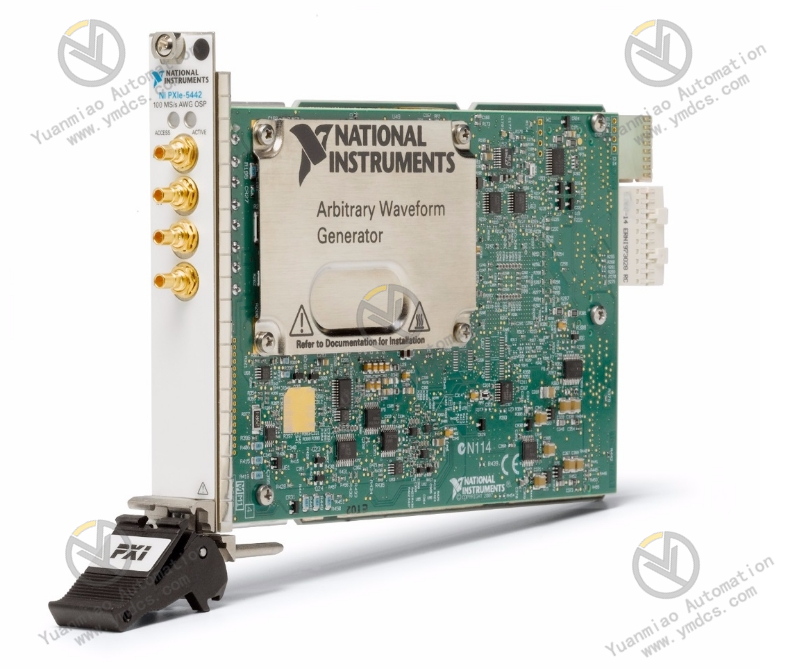
Technical Parameters Sampling Rate: Generally, it can reach several GS/s (gigabytes of samples per second). A high sampling rate helps to accurately reconstruct complex waveforms and reduce signal distortion. Waveform Memory: It has a large waveform memory and can store multiple different waveform data, supporting long-term continuous waveform generation. The specific capacity may range from dozens of megabytes to several gigabytes. Output Amplitude Range: The amplitude of the output signal can be flexibly adjusted within a certain range, and usually can cover a range from microvolts to volts to adapt to different test and application requirements. Phase Accuracy: It has high phase control accuracy and can reach the sub-degree level, which is very important for applications that require precise phase control, such as modulation and demodulation tests in communication systems.

Application Scenarios
Communication System Testing: It is used to generate various communication signals, such as analog modulation signals (AM, FM, PM), digital modulation signals (QPSK, QAM, etc.) to test the transmission and reception performance of communication devices, including base stations, mobile phones, satellite communication terminals, etc.
Radar System Simulation: It can generate radar signal waveforms, such as linear frequency modulation signals, step frequency signals, etc., for the design, testing, and simulation of radar systems, helping researchers verify radar algorithms and system performance.
Electronic Warfare Simulation: In the field of electronic warfare, it can generate various interference signals and complex electromagnetic environment simulation signals to test the performance and countermeasure effects of electronic warfare equipment.
Audio and Acoustic Testing: It can generate high-precision audio signals for the testing and calibration of audio equipment, such as speakers, microphones, audio amplifiers, etc., as well as the simulation and testing of the acoustic environment.
Scientific Research and Experiments: In scientific research fields such as physics, chemistry, and biology, it is used to generate specific excitation signals, such as for nuclear magnetic resonance experiments, laser control experiments, etc., to assist researchers in conducting experiments and data analysis.


